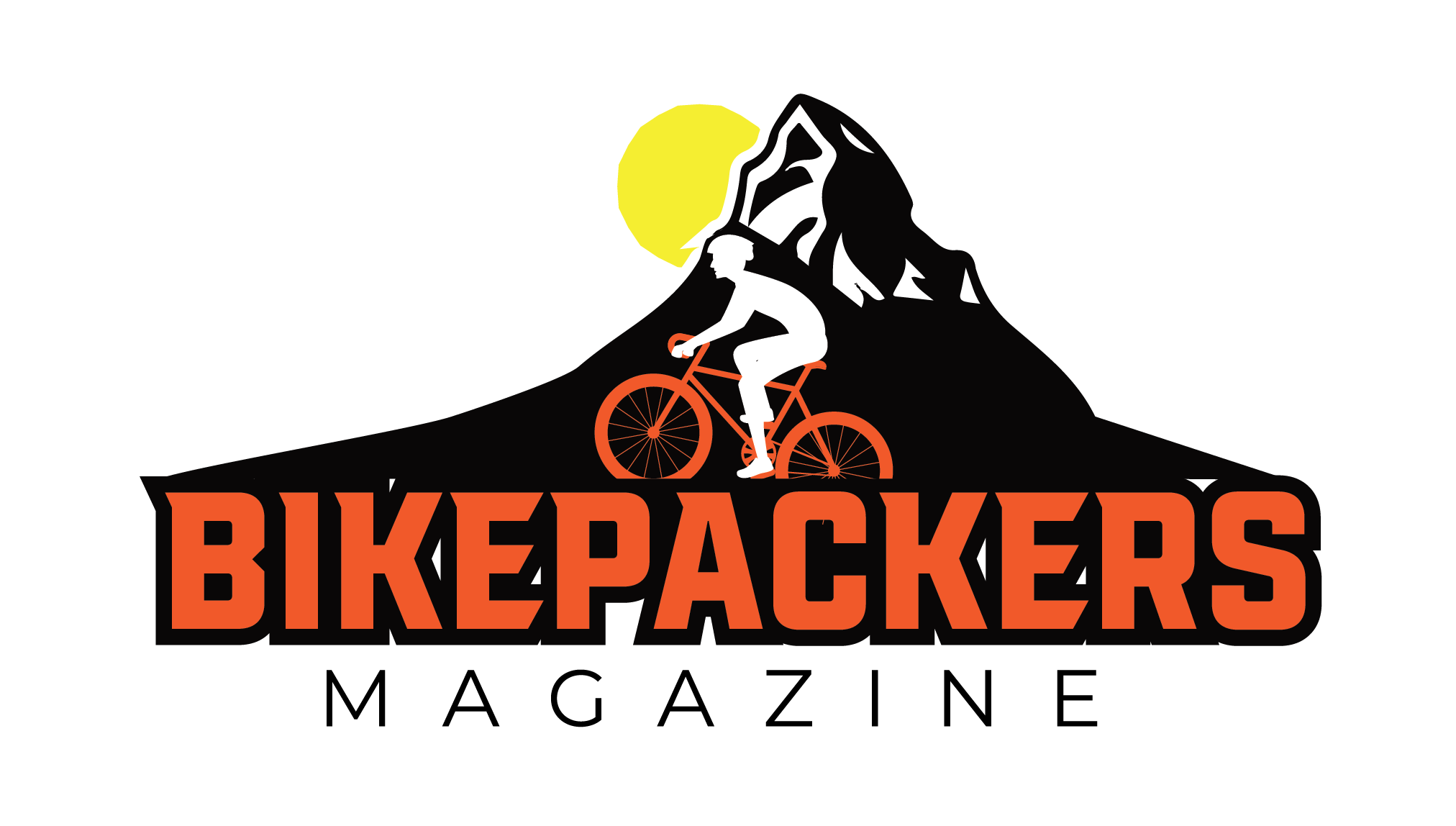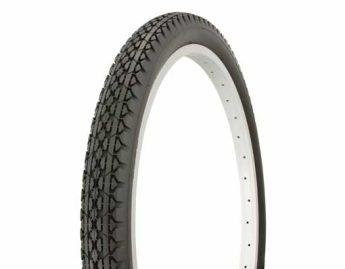Introduction
Quick Navigation
All bikes come with a recommended range in terms of tire pressure. Many factors can cause a drop in tire pressure. Often these factors are beyond the rider’s control. Sometimes it can even happen overnight. It is therefore important that one monitors such changes in tire pressure from time to time. This will save you the trouble of a flat tire which can be really frustrating especially when you already planned to go for a ride.
Air pressure in bike tires is measured in psi (pounds per square inch). Every category of bikes has its recommended psi. These recommendations are there for a reason. All bike tires are designed for specific terrain on which the bikes are most efficient. In the same vein, manufacturer recommendations in bike tire psi take into consideration the terrain for which the bikes are built. For instance if you’re riding a mountain bike you would consider the bumpy terrain and its impact on your tires. For this reason mountain bikes generally have a lower recommended psi range compared to road bikes. A low psi allows for more traction and shock absorption. Basically, it ensures your bike doesn’t constantly bounce up and down such uneven terrain. More on psi range in different bike categories later. First let’s examine some factors that could cause deflation in bike tires.
Why Do I Have a Flat Tire?
Getting a flat tire is expected from time to time albeit being an unpleasant experience. It might happen during a ride, as a result of debris on the road like broken glass, gravel, and the likes. This is understandable seeing as no road is perfectly smooth. Besides punctures that occur on the road, tires can slowly deflate over a period of time. If left unchecked, air pressure in bike tires will definitely drop over time. This is true with all vehicles. It is important therefore for every rider or bike owner to examine air pressure in their bike tires regularly so as to know when it is time to inflate them back to the right psi.
At times you might notice you got a flat tire overnight. There are a number of reasons that could happen.
One such reason could be problems with the tire’s valve. The valve is connected to the tube and is always sealed to keep out debris. If the valve stem gets damaged, it might take a while to detect. You start to notice your tires are leaking air. This is one reason why air pressure can drastically drop overnight.
Temperature. Cyclists in areas with high temperatures will often complain of deflation in their tires. Heat does that to tires. Under high temperatures, tires are known to expand. Gradually air starts to escape when the pressure becomes too high. It’s also why cyclists in such areas are advised to keep their psi at a slightly higher range to make up for such unprecedented drops in tire air pressure.
Overinflation. Overinflated tires run a risk of getting punctured. If you’re experiencing blowouts, that’s a sign that your tires are over pumped.
Punctures. Punctures happen often with all tires. Usually, some punctures do not hinder you from using your bike. The sturdy tires are meant to protect the rubber tubes. With minor punctures, the tubes may go unscathed. If it’s a deep gash however and the inner tube is punctured, that’s when you get a flat tire.
Slow leaks. Whether it’s as a result of undetected punctures or hot temperatures, slow leaks occur in tires. Slow leaks will eventually leave you with a flat tire. If there’s a leak in the tube, one can try over pumping the inner tube. As the excessive air escapes, you’re able to see the source of the leak. A minor leak can be temporarily mended in the absence of a spare. If the tube is worn out or damaged, a replacement becomes necessary.
Damage to the rim. Riding with a low psi puts a lot of strain on the rim. This can cause dents or other kinds of severe damage to the rim. A damaged rim equally spells doom for your tires.
While there are many other reasons you could be experiencing a flat tire, there’s always a backup for such situations, depending on how prepared you are.
How Much Air To Put in My Bike Tires
You’ve discovered the reason for the flats in your bike. You’re ready to give it a pump. The question of how much air is needed in your tires now arises. Simple, check the recommended psi range. Most bike tires come with this. As mentioned earlier in this article, bikes vary in psi range depending on the type of bike you’re riding. Of course there are other variables too that need to be considered when deciding on the appropriate pounds per square inch for your tires.
Road bikes on one hand require a higher PSI range. A regular road bike tire would have a recommended 90 to 120 PSI level or between 80 and 130. Such tires are narrow, require less traction, and ride on a generally smooth terrain. Road bikes allow for speed seeing as they encounter less vibration and shocks on the road surfaces. In other words with a higher PSI, road bikes are able to sail smoothly and quickly on the road. Some riders in a bid to attain more speed pump up their tires way past the required PSI. While this may sometimes work, under extreme pressure, road accidents like blowouts can occur.
With mountain bikes, there is a much lower required PSI level. Mountain bikes have thicker, sturdier tires and require more traction. If you were to pump in the same PSI level for a road bike into a mountain bike, the results would be nothing short of disastrous. Imagine repeatedly losing your balance and grip over your bike because the air pressure in the tires is too much for the bumpy terrain. In view of this, a regular mountain bike would often come with a recommended 30 to 50 PSI range.
Also, some bikes with tires similar to mountain bikes, can have the same required PSI. For example gravel bikes which are used on rough roads with a lot of gravel. Such bikes also have tires thicker than regular road bikes to deal with all the shocks from the road debris.
Hybrid bikes come with tires not so narrow and also not so thick. Their PSI level falls in the middle, ranging between 50 to 70 PSI.
Lastly, if you’re pumping your kid’s bike, you would need a much lower PSI. Children’s bikes are understandably smaller and thus have smaller tires. More importantly, a child’s weight would put the bike tire’s pressure at a recommended 20 to 40 PSI level.
Other Factors to Consider When Inflating Bike Tires
Weight of the rider. Cyclists who weigh more would need to pump in more pressure for their tires. Keep in mind too that rear tires take on more of the rider’s weight. Overall, the heavier you are as a rider, the higher your required PSI.
Frequency. How often you use your bike would determine how often you need to pump your tires. For those who go long periods without cycling, there is the tendency to ignore the air pressure in the bike. Note that whether or not you use the bike, the tires will slowly lose air over time.
Temperature. This was mentioned earlier on. Temperature is one of those factors that cause a fluctuation in air pressure. Predicting how weather changes will affect a bike tire’s air pressure will also help in coming at the right PSI your bike needs.
Terrain and road conditions. This is one of the factors tire manufacturers consider in recommending PSI levels for their tires. Every cyclist aims at maximum efficiency in different racing situations. In recent years inflating tires has gone beyond simply pumping the tires as high as you can. Is the road smooth or is it rough? Are there sharp bends and curves? Am I riding uphill, downhill, or is it an even road surface? All of this should be considered when determining the right amount of juice your tires need. And by that I mean the PSI. Lastly, a lower PSI is better for rough roads. If it’s for a smooth surface and you need to go faster, you can always pump it up a notch.
Conclusion
Determining how much air is required to inflate bike tires can be tricky. You never want to go too high so as to avoid blowouts. Plus there are a number of factors that need to be considered. To be on the safe side it’s best to stay within the PSI level recommended by the manufacturers. In addition to this you can decide how high or how low you need to get within said recommended range, depending on any of the factors discussed in this article. Also remember to regularly check your tires, and when necessary, don’t hesitate to inflate them.

